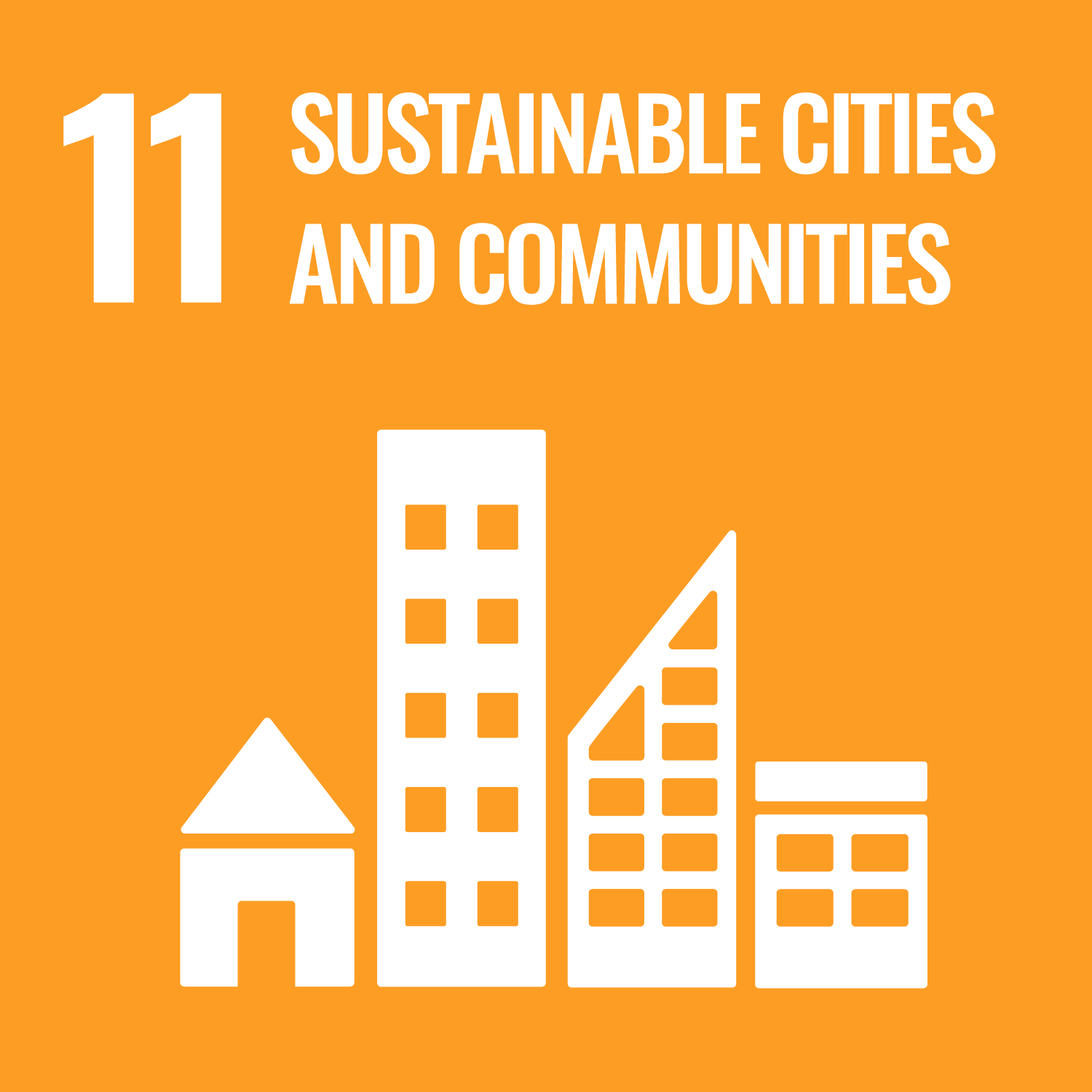SDG Detail
CIVIL 759 : Highway and Transportation Design
Postgraduate courseProject description
This 15 credit design elective course complements the topics covered in the BE(Civil) Part III courses in Transportation Engineering (CIVIL 360 and CIVIL 361), and also in the BE(Civil) Part IV first semester course Traffic Systems Design (CIVIL 758). The course content largely builds upon the Geometric Design, Bituminous Surfacings, Pavements and Materials topics of the pre-requisite Civil 360 Transportation Engineering 1 course. The main objective is to provide a strong basis for those wishing to include traffic/ roading/ transportation engineering within their field of expertise and to provide a foundation for postgraduate courses. A relatively wide range of transportation design topics are included in an attempt to cover as much as possible of professional practice while providing a solid basis for further specialization. Lectures will cover the basic information. Tutorials will be used principally for the projects, problem solving, and assignment exercises but also for revision. Demonstrations of software will be shown at relevant stages.
Project aims
?
Project outcome
By the end of this course, students will be able to: Analyse and appraise the economic evaluation of Transportation Projects. This will include the benefit cost assessment of a transportation infrastructure project and an economic evaluation of various improvement options. (Capability 1.1, 3.2, 4.1, 4.2, 4.3, 5.2, 6.1 and 6.2) Analyse and evaluate the complex nature of transport related crashes with respect to the human / vehicle / road and transport environment interaction with the aim of reducing traffic deaths and injuries. (Capability 1.1, 2.1, 2.2, 3.2, 4.1, 4.2, 5.1, 5.2, 6.1 and 6.2) Apply and anaylse transport safety engineering principles to a Crash Reduction Study using various strategies to investigate, analyse and appraise traffic crash sites and economically evaluate improvement options. (Capability 1.1, 2.1, 2.2, 3.1, 3.2, 4.1, 4.2, 4.3, 5.1, 5.2, 6.1 and 6.2) Evaluate and apply safe intersection design principles for the geometric design of of at � grade Intersections by evaluating various attributes and intersection design layouts, and sketching important plan features. (Capability 1.1, 2.1, 3.1, 6.1 and 6.2) Apply fundamental knowledge of pavement properties to design pavement structures given various scenarios of traffic loading, subgrade conditions and pavement layer materials. The student will also be able to determine the most appropriate pavement design option based on life cycle considerations. (Capability 1.1, 2.2, 3.1, 3.2, 4.3, 5.2, 6.1 and 6.2) Apply and integrate fundamental knowledge of hydrology and hydraulics, road geometry and surfacing properties to calculate transport surface drainage requirements. (Capability 1.1, 2.1, 3.1, 4.1, 6.1 and 6.2)
Related SDGs
The corresponding sustainable development goals correlated with this project. You you click the icon to link to SDG category description page.










